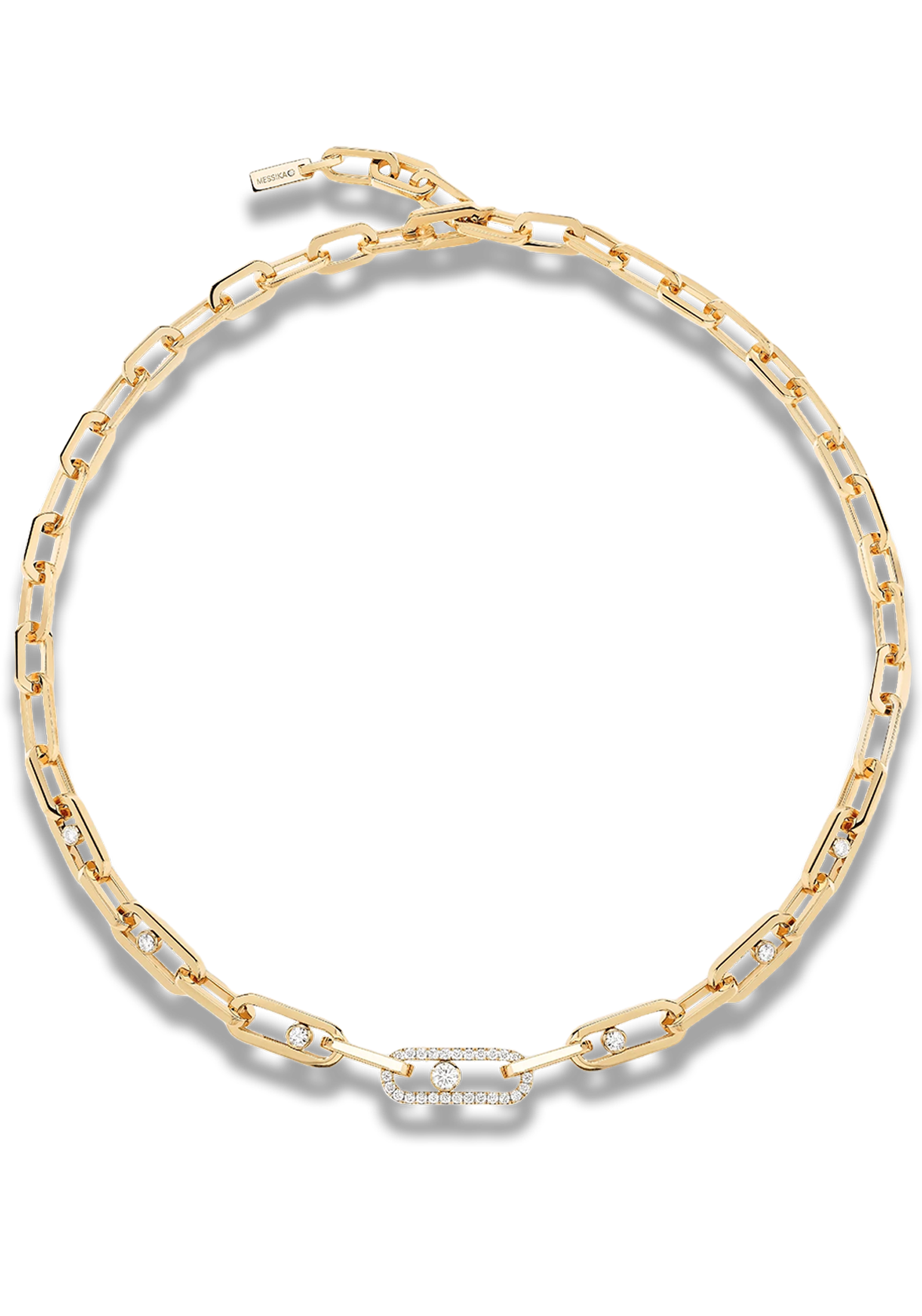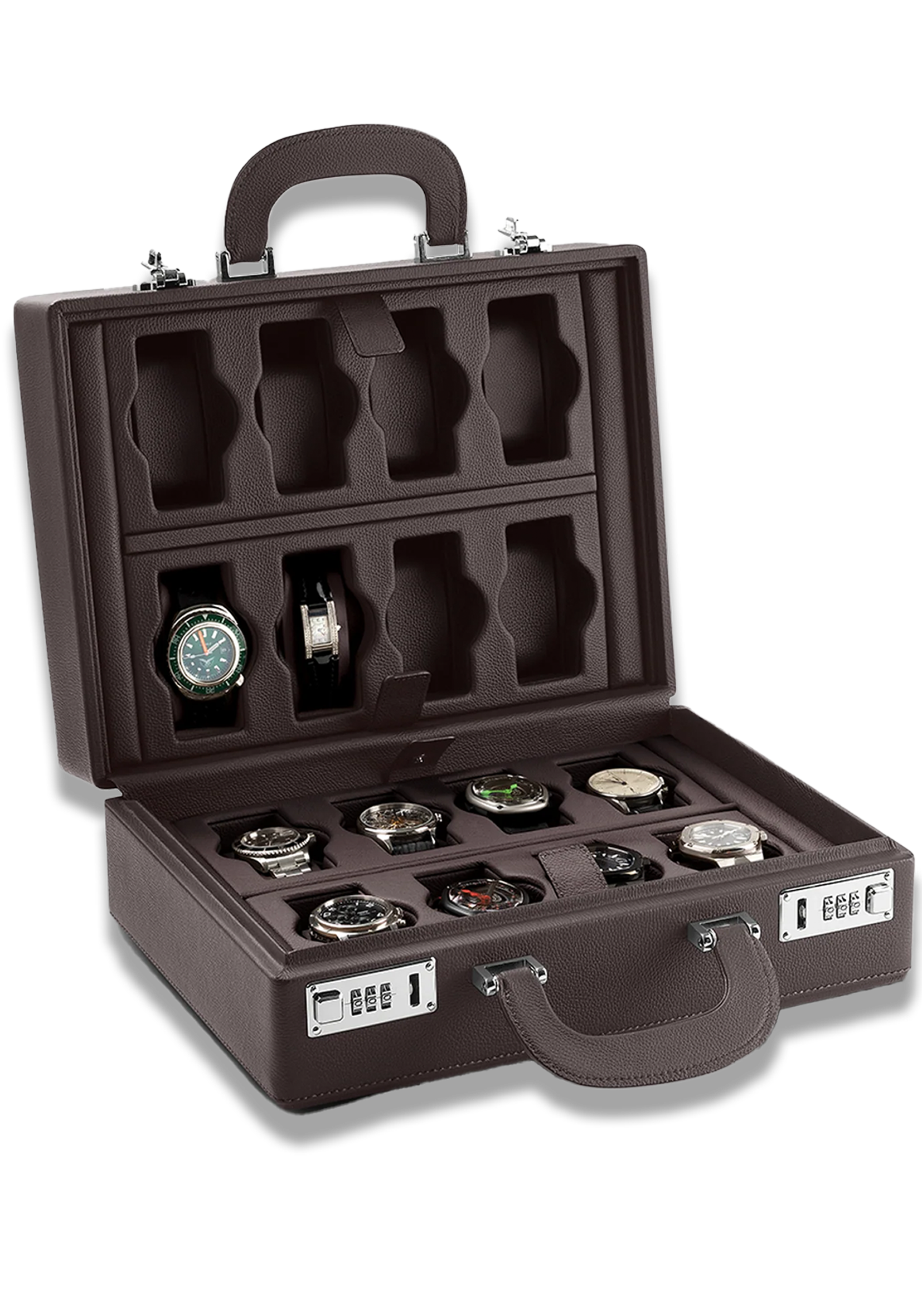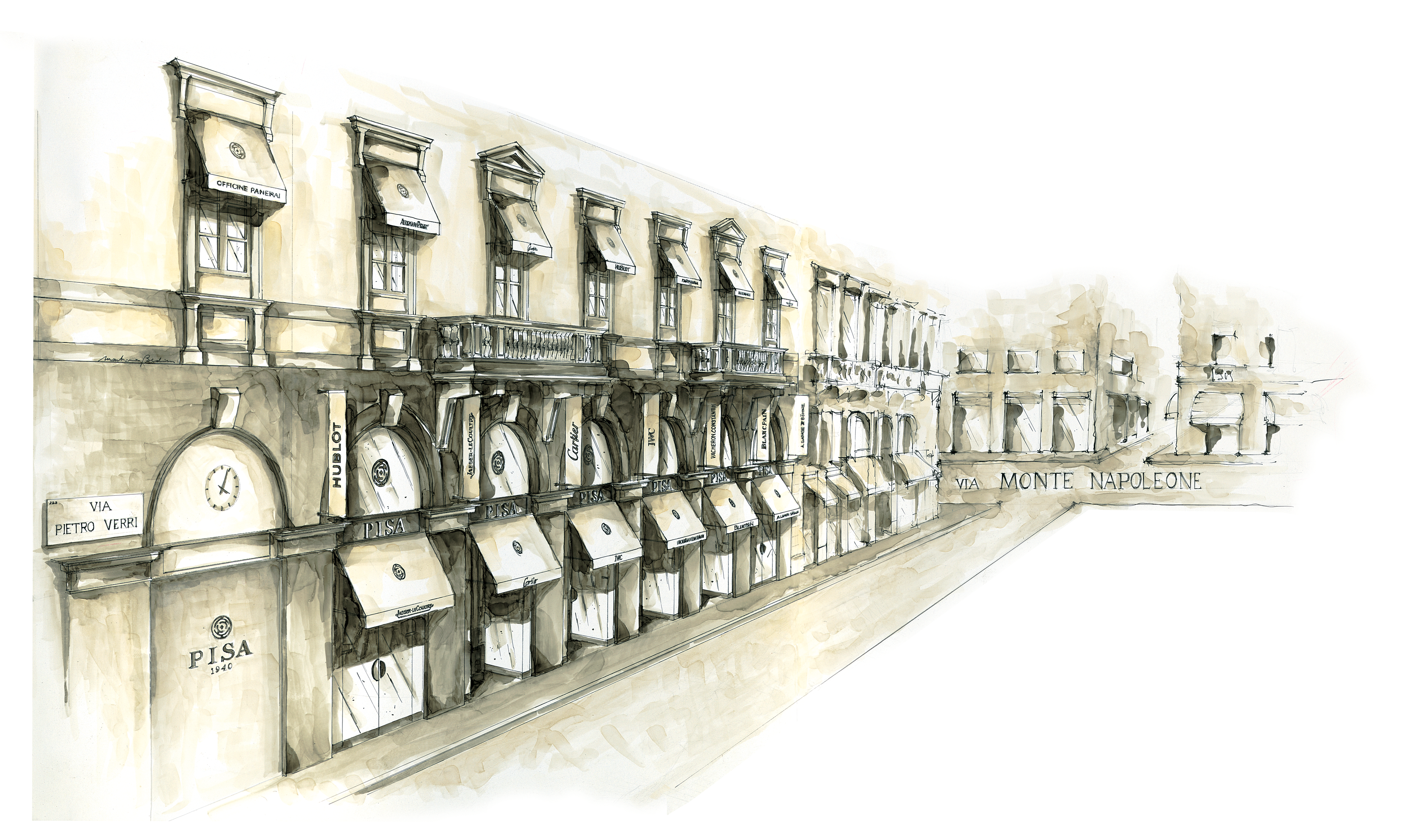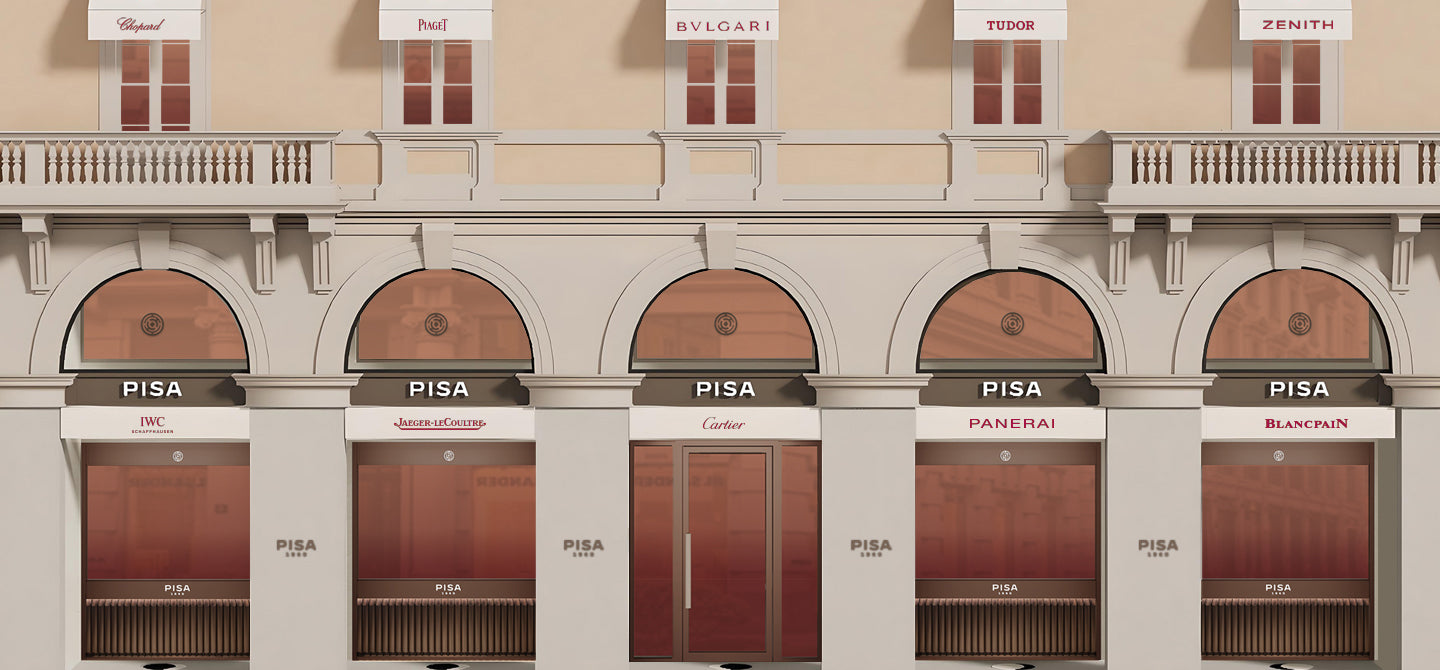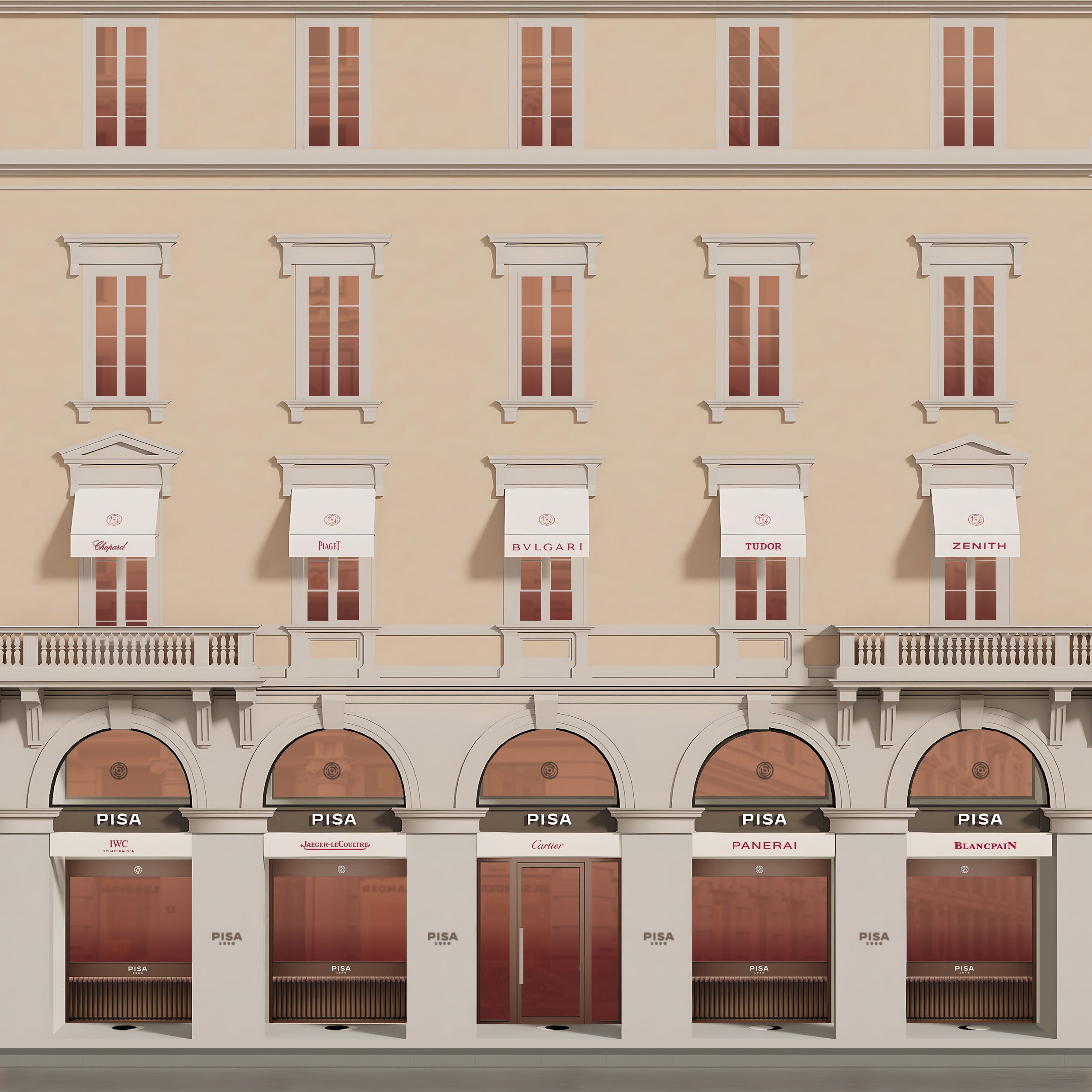Free shipping
Stai acquistando da
ITALIA
Brands
Other services
Stores
Brands
Other services
Book technical assistance @@@button@@@
Flagship Store
Rolex Boutique
Patek Philippe Boutique
Vacheron Constantin Boutique
A. Lange & Shöne Boutique
Hublot Boutique @@@bottom_bar@@@
Store locator
Book an appointment @@@button@@@


